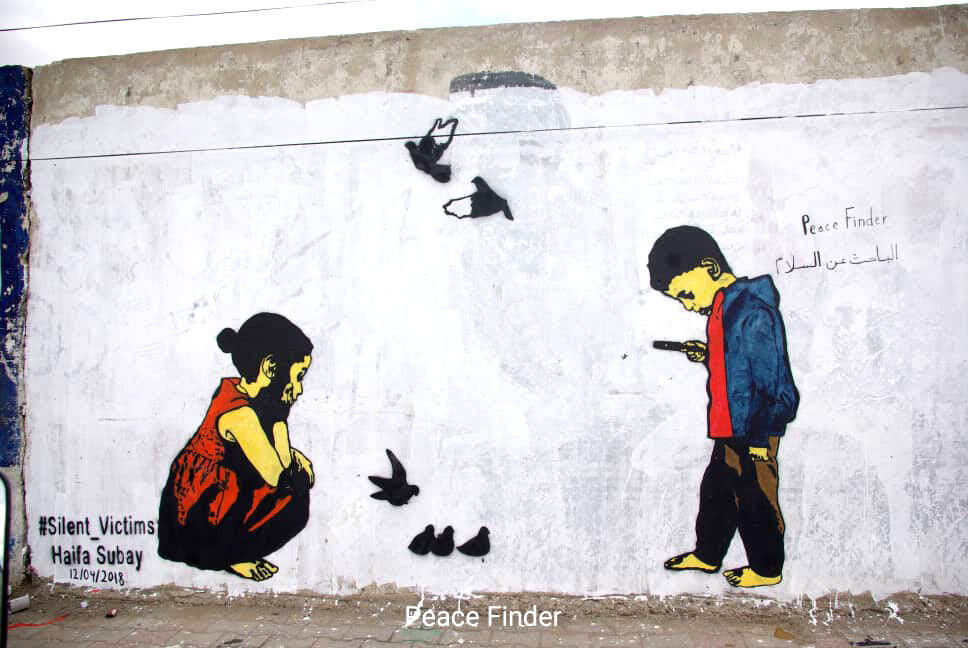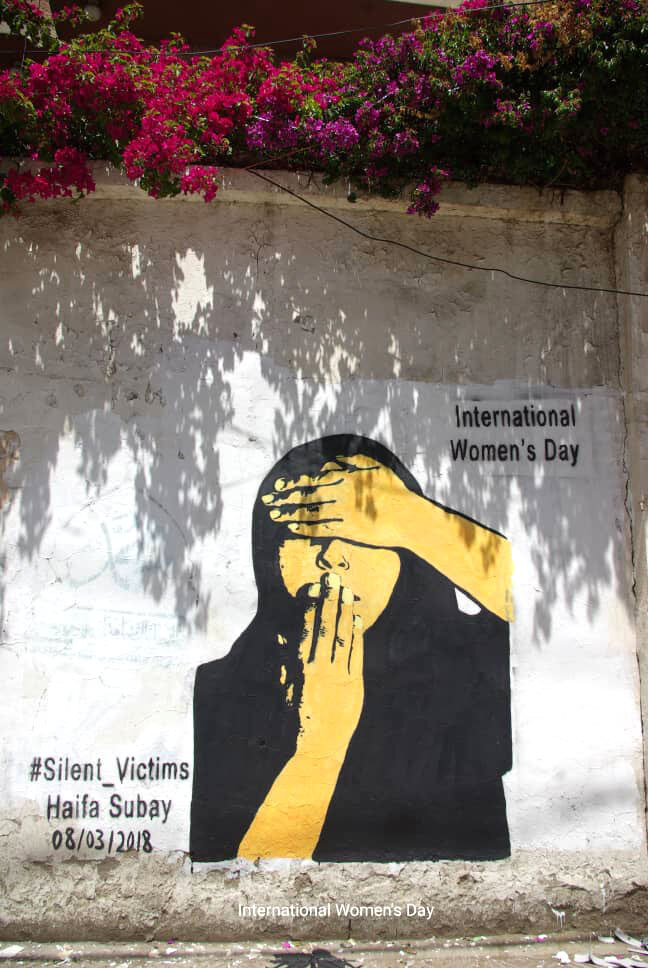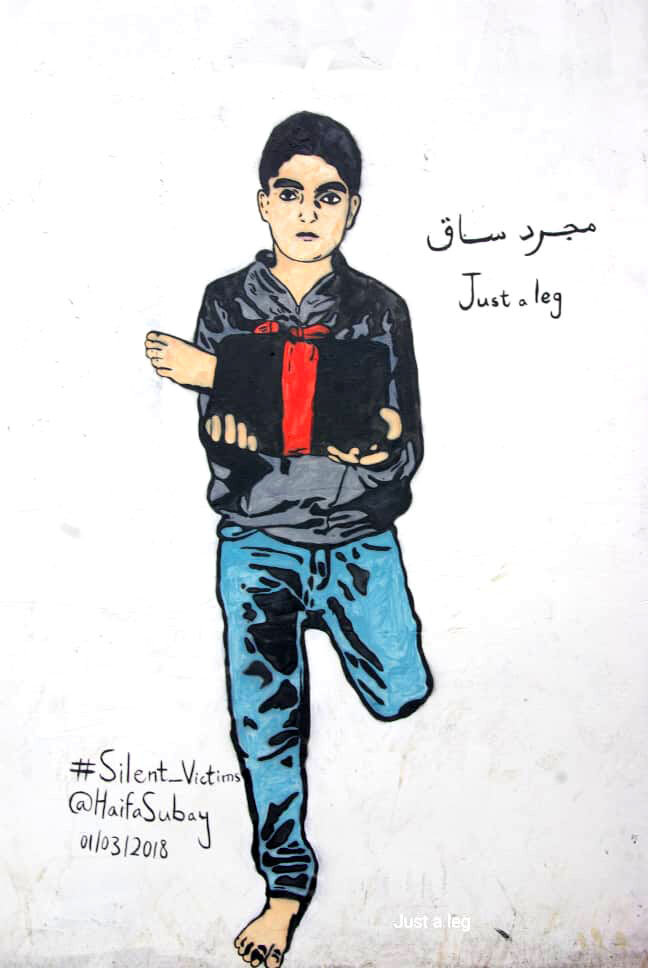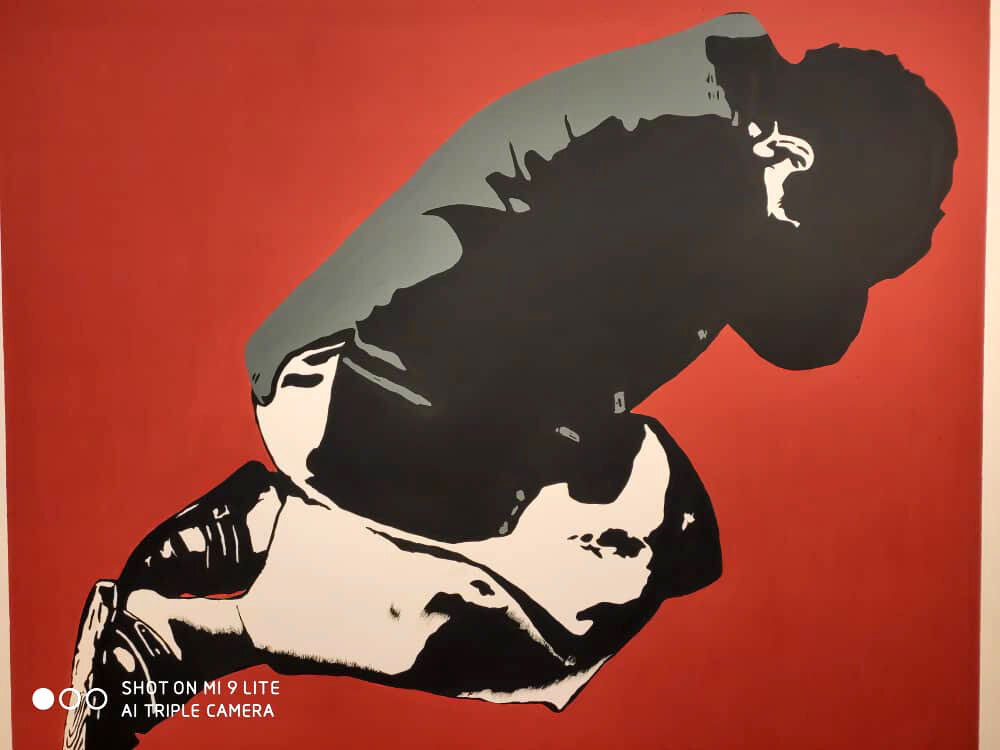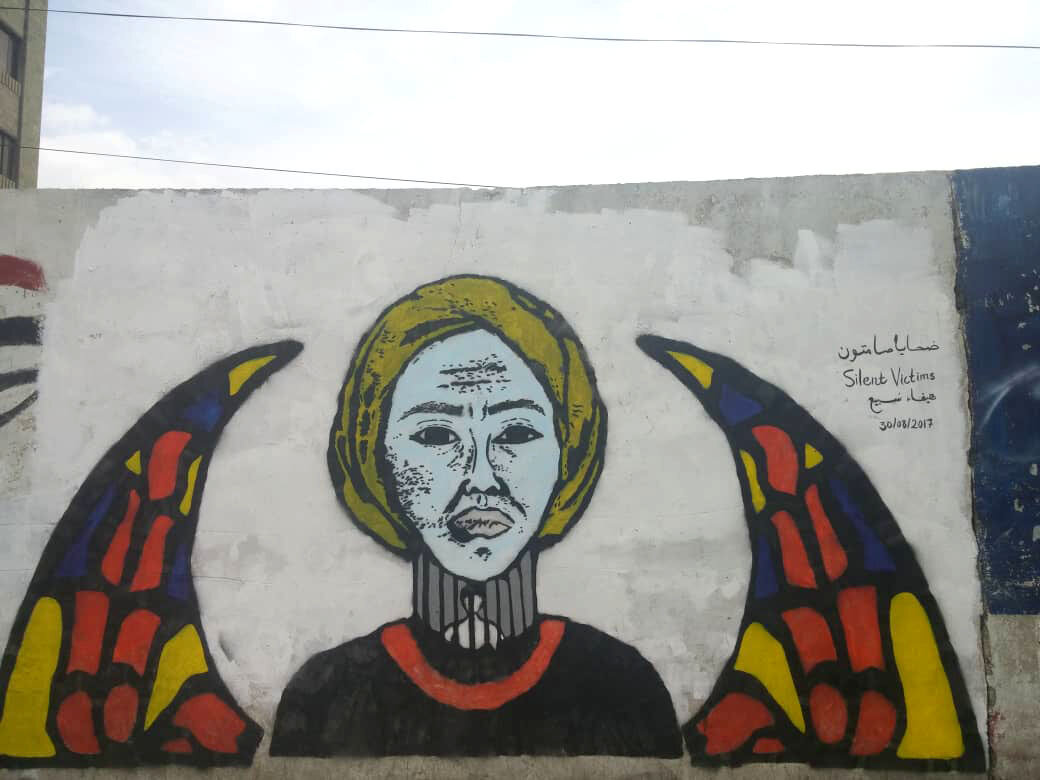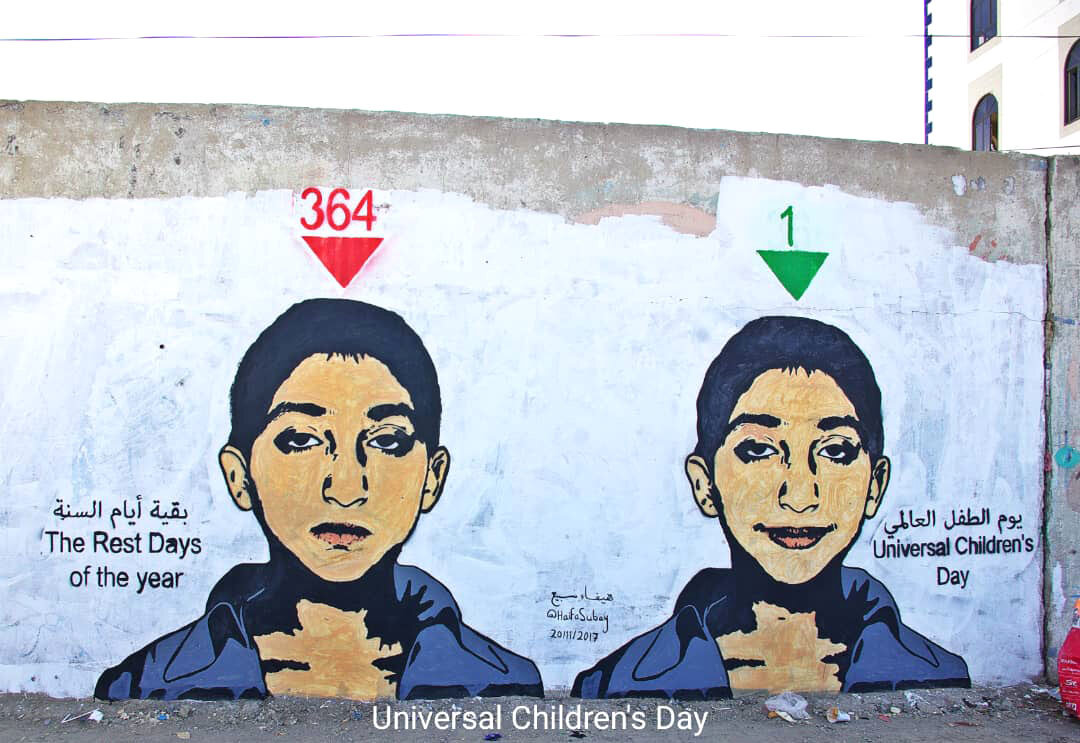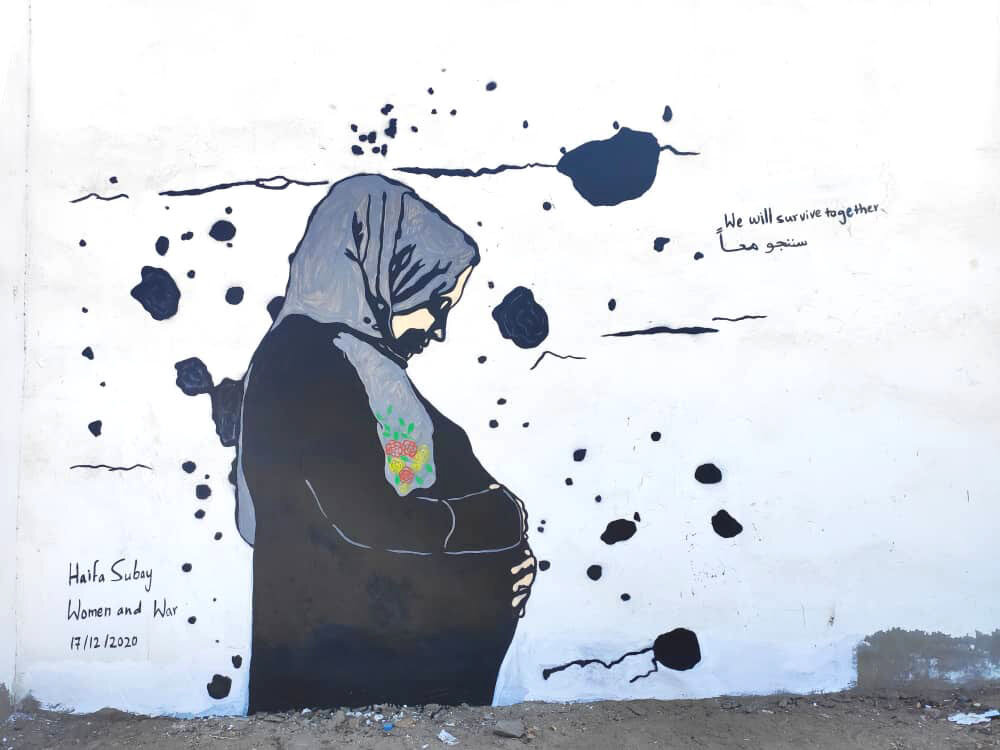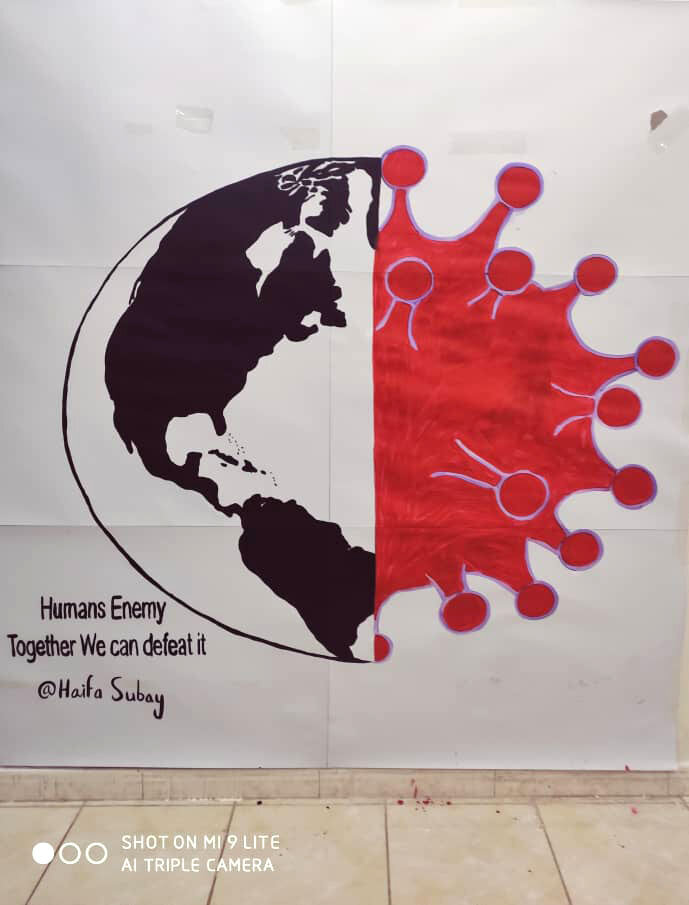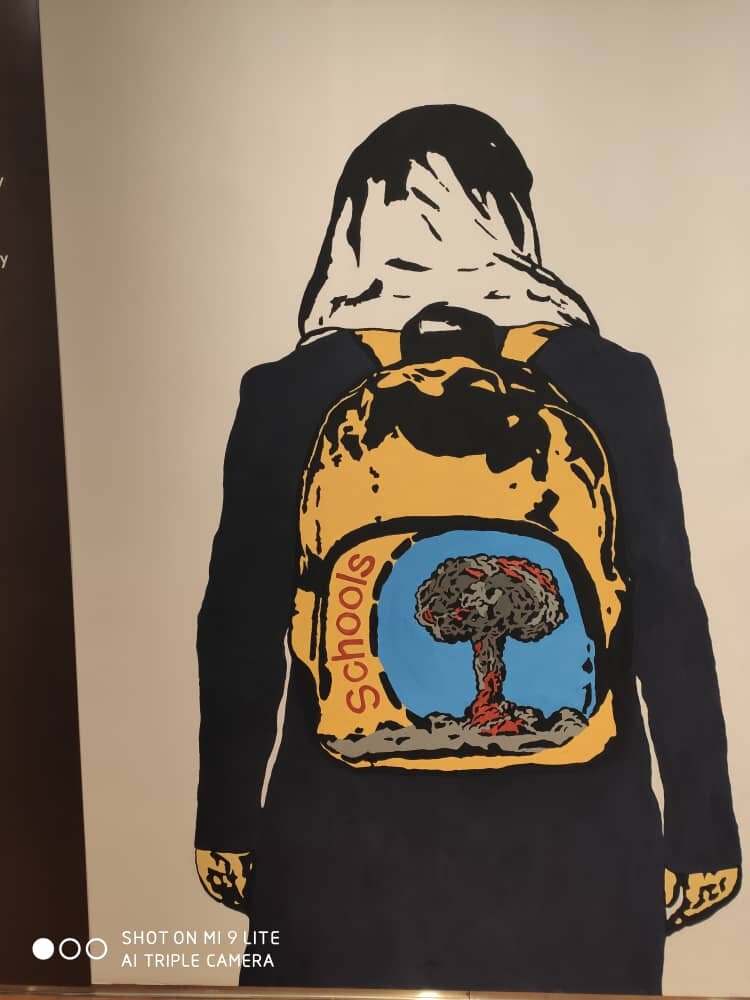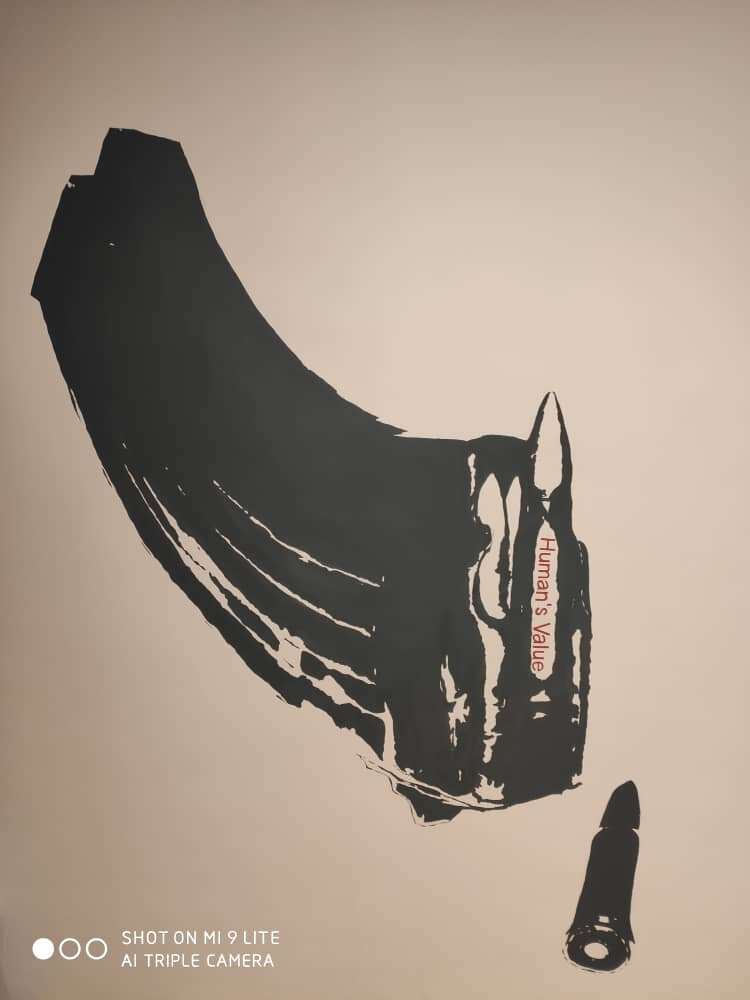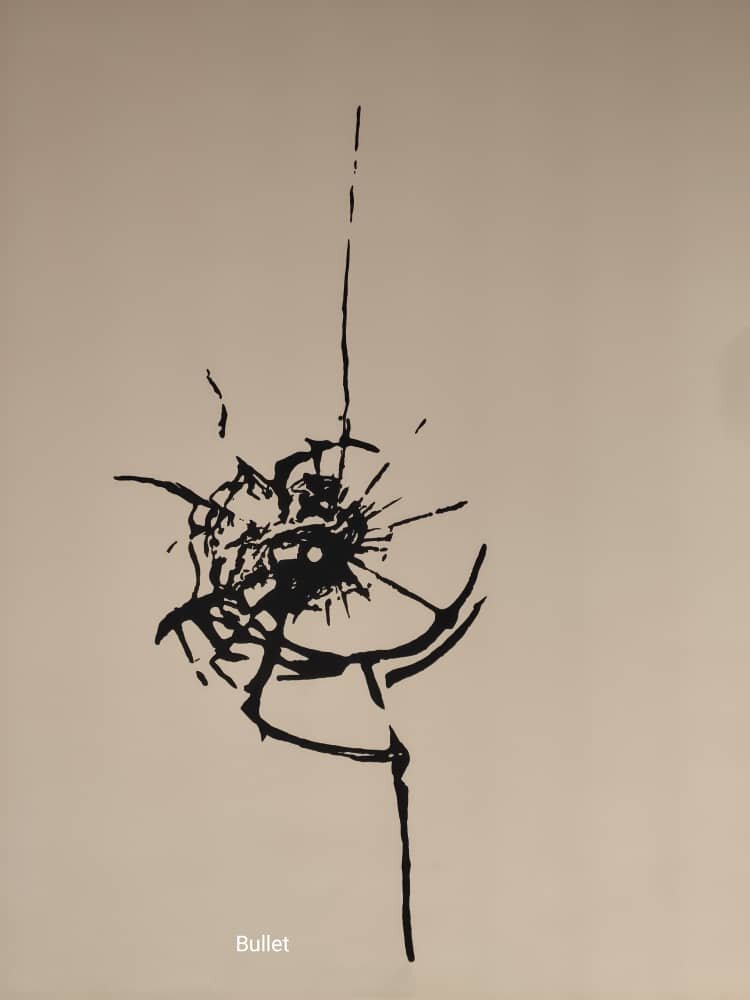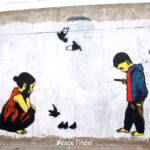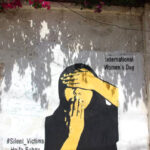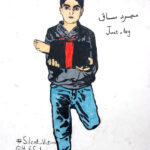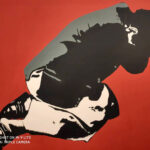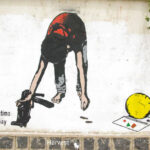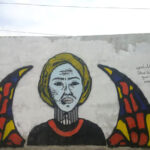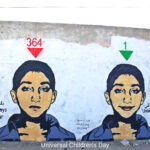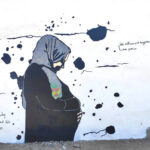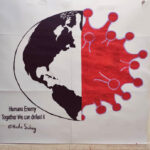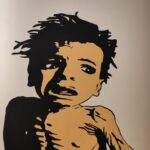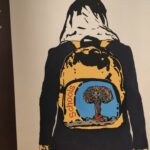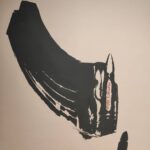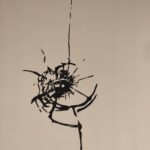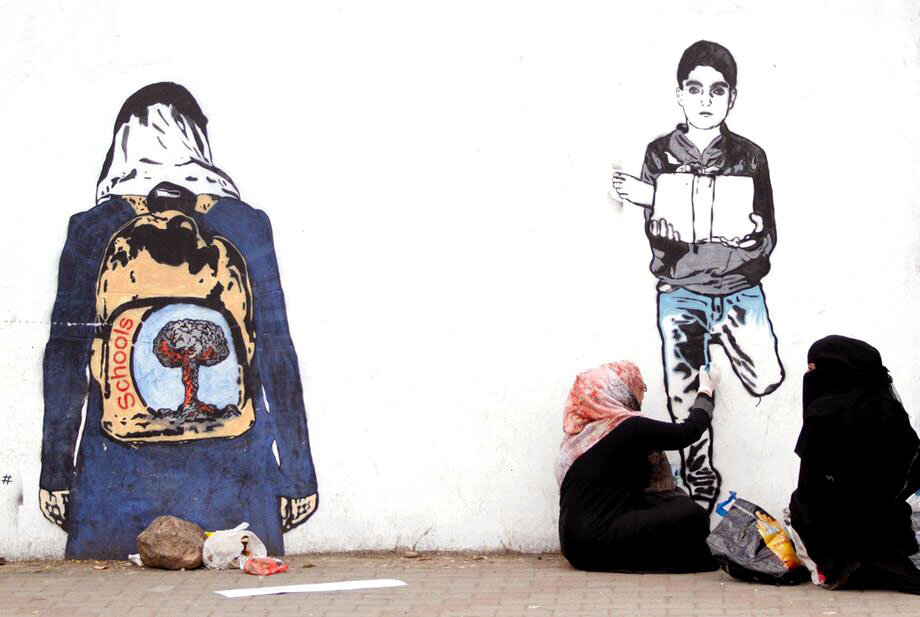
Farah Abdessamad
Haifa Subay is a Yemeni artist, born in 1992. Living in Yemen, she exposes the human face and cost of her country at war through evocative, socially-conscious graffiti art and street murals. Haifa was behind the campaign #Silent_Victims which highlighted the everyday suffering of the Yemeni people. In March 2021, Yemen entered its sixth year of armed conflict. Over two-thirds of Yemenis still require urgent humanitarian assistance. This interview took place in April 2021.
Farah Abdessamad: When did you start painting murals? Was this a new form for you, or did you already paint or create in some other ways?
Haifa Subay: I started painting murals in 2012. It was the first time then for me to paint murals in the streets, but I’ve been drawing since I was five years old, and like any other child it was a hobby at first. I started painting with my brother [Murad Subay] and we kept our own, separate styles. In 2012, my brother launched two campaigns in which I participated, “Color the Walls of your Street” and “The Walls Remember Their Faces” which denounced forcible disappearances. We needed color, a lot of color in our lives, it was a difficult time. In 2015, I thought about launching my own campaign but I couldn’t do so until August 2017. This was “Silent Victims,” my first campaign. It was my starting point in graffiti and it touched on many important issues. I had hoped for the campaign to continue over a longer period of time but when the Houthis tightened their control over Sana’a and under their pressure I had to stop “Silent Victims” and street art in the capital city. I then moved to Aden. I’m staying temporarily in Sana’a right now. I would want to draw but I can’t paint outside. Instead, I may paint in my house!
FA: I was curious to know how you relate to the heritage of Yemen. Does it feel close or somewhat distant? Thinking of a foreign audience, many outsiders acknowledge Yemen as a country of rich tradition and culture — the Old City in Sana’a, handicraft, poetry and folk music for instance, to name a few. Of course, it’s a cliché, too; Yemen is much more than that! But it’s an image which also brings pride and maybe hope to people. Would you see graffiti art or mural painting as a sub-culture, a counter-culture, or an art form more for younger people?
Haifa Subay: Yes! I feel so close to the heritage of Yemen. I really adore our history and traditions. Graffiti art is quite new to Yemen and it came as a reflection of the political situation in 2012, after the 2011 Revolution [an unprecedented youth-led uprising which saw the toppling of Ali Abdallah Saleh after more than thirty years of power]. Though it is different, graffiti art discusses the life we live in Yemen, the challenges we overcome and the war we survive. Graffiti is not exclusive to young people but it’s young people who perform art in the street. More established artists tend to prefer galleries rather than the streets (I think, only my opinion!). Actually, it’s rare now to find anyone painting in the streets due to the security situation, especially in Sana’a and the north of the country.
FA: The choice of reclaiming male-dominant streets is quite a powerful one. Often in Yemen but also in other places dealing with the weight of the past, streets are a place of memorialization for traumatic events. Streets commemorate people and events through portraits of shahids for example, the predominantly male martyrs who died at war (and these days, plural, wars). Many of us from the region remember the women of Sana’a who went out and joined the revolution of 2011 and we haven’t seen them as much in recent years since they have mostly been silenced. In 2014, slogans of the Houthi movement (“God is great, Death to America, Death to Israel, Curse to the Jews”) appeared in neighborhoods around city landmarks in Sana’a, in stencil form and large banners. I know you’ve had difficult encounters with Houthi authorities and you eventually moved from Sana’a to Aden for safety reasons. How have residents been supportive of your work over time, and why was it important to you to make public art, that local Yemenis could interact with in their daily life?
Haifa Subay: The attitude of people in Sana’a and in the north in general has changed over time, as has their perception of graffiti art. They used to encourage me so much — though some used to harass me, too. These days, everyone is afraid of the Houthis and I hear a lot of criticism against painters and artists. “Poor people need the money you spend on buying painting material!” It’s easier in the South where one can find walls to paint on and authorities won’t stop artists like in Sana’a.
FA: How do you feel the war impacted your art? When you think about peace, what does it look like?
Haifa Subay: The war affected my art a lot. It made me paint the humanitarian catastrophe and the tragedy Yemenis live with. This war impacted everyone! I see the peace when the sounds of guns turn quiet, when I won’t hear airstrikes and missiles being dropped. I see peace in the smile of civilians — without the fear of an impending explosion near them. I see it in the laughter of children, in the inner peace and psychological calm which I have not experienced for a long time. I see it in talking about the beautiful things we have in Yemen and the end of news related to death. Yemen is stunning but the media only focuses on the dark side. If the war wouldn’t have happened, I would draw the same pieces because the issues I am interested in pre-date the war, they are not new. The current situation only made them worse. It’s harder for us to live at this time, before the situation wasn’t as bad. The media wasn’t talking about issues like the war.
FA: Let’s talk a bit about some of your work. You painted a mural when you were pregnant with the words “we will survive” next to it. Who is “we” and has your relation to art changed when you became a mother?
Haifa Subay: We is “Me and my little girl child”, this is “we.” This mural was created for every pregnant woman and for all mothers. Since becoming a mother, I’ve become more careful, especially about the choices and decisions I take. Motherhood will definitely have a positive effect on the art that I produce. I’m continuously inspired by the Yemeni people, our history and my little daughter.
FA: Are you still with a collective or working mainly as an individual artist now? Are you receiving any external support?
Haifa Subay is a mother and an advocate for peace in Yemen.
Haifa Subay: I still work as an individual artist. I don’t exclude the possibility of creating a team. My husband supports me (he’s a great man, really) and I pay for my painting materials from selling art. I lost my private company job in 2016 and it’s hard to find jobs in the private sector, international organizations or NGOs if you don’t have someone to help you. I don’t accept support from any external party, whether in-kind or financial, because I don’t want anyone to claim that they support me — I’ve refused this before. Other artists I know hold on to their non-creative jobs when they have one to make ends meet, or sometimes they have to depreciate their art just to be able to sell it quickly.
FA: Your “War and Humans” exhibition was showcased in the Singapore Biennale in 2019 (and shortlisted for the 12th Benesse Prize). What are some of your current and upcoming projects?
Haifa Subay: I’m working on my new campaign “Women and War”. I’m planning to paint more about issues related to women. This campaign will focus on women in the time of war. I want to portray women not only as victims but also show the other side, the bright side — peace, hope, happiness — which gives the positive energy we need to carry on living in these hard times.
You can follow Haifa Subay’s work on Facebook, Instagram and Twitter.





